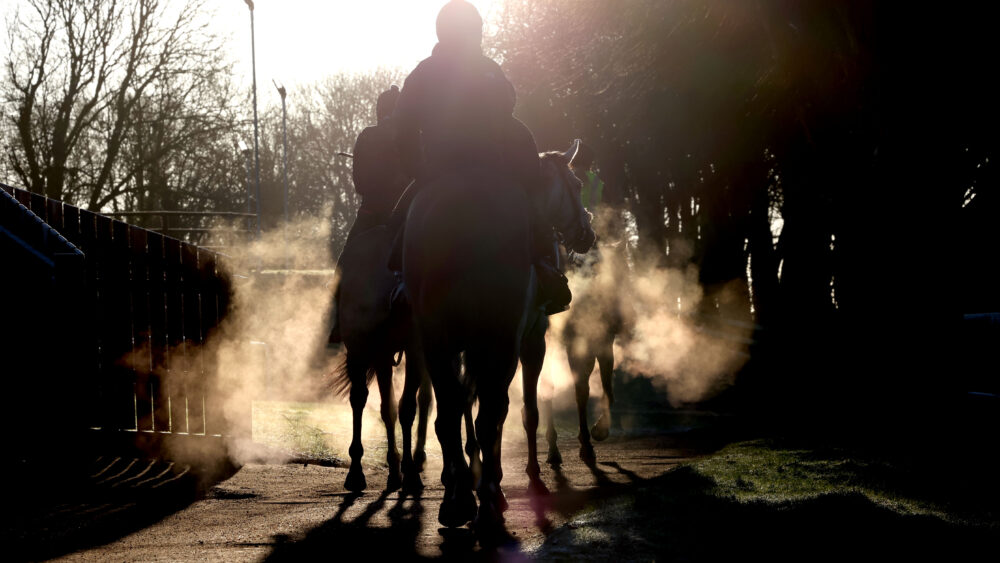BHA’s response to Daily Telegraph feature on riding horses

On Saturday 24 August, a feature appeared in the Daily Telegraph’s print edition, having previously been published online on Thursday 22 August, entitled ‘Why It Might Be Time To Stop Riding Horses’.
The piece looked at the use of horses in society as a whole but included some strong criticism of racing, including on our welfare record, breeding practices and relevance overall.
Prior to publication, the BHA was approached for comment and we provided a detailed response that sought to bring balance to the piece. Our goal in doing so was not only to give context to the figures and explain what racing has done to reduce avoidable risk but to make sure that the hard work of the many thousands of people who provide outstanding care to our horses every day was recognised and respected.
To provide additional context, we were approached by the Daily Telegraph to respond to comments it had obtained from Animal Aid in which inaccurate claims about breeding and horseracing in Britain were made.
The BHA has never sought to stifle debate on this topic and respects the fact that others will view the role of horses in sport and society differently from us. The sport has demonstrated through the HorsePWR campaign its willingness to meet questions in a spirit of openness and transparency. All of this was made clear to the Daily Telegraph, with our request simply being that we were afforded a fair chance to state our case.
Unfortunately, only one line of our detailed response was included in the piece and our follow-up requests that the Daily Telegraph article should be more accurate, balanced and more accurately reflect our position – as is demanded across print media by the industry’s own code of practice – went ignored following the article’s publication on Thursday. We have escalated this with senior figures at the Daily Telegraph. In particular we have reminded the paper of its obligations under Clause 1 of the Editors’ Code of Practice.
Given the Daily Telegraph has ignored our requests to amend the piece, we have taken the decision to publish our response in full, so that people can see for themselves how the BHA responded on racing’s behalf, and what the sport is doing to provide the best possible lives for horses in training in Britain.
Comment provided to the Daily Telegraph
“Nothing is more important to all who work in British racing than the welfare of horses bred to race. Our sport gives these athletes purpose, an unparalleled quality of life and world-class care that allows them to maximise their potential.
“In January 2022, British racing introduced a rule that all racehorses that run in Great Britain must be signed out of the food chain, meaning that they cannot legally be sold for slaughter to abattoirs domestically or internationally. It is therefore categorically untrue to say that many British thoroughbreds are slaughtered for meat.
“When discussing horse welfare, everyone has a responsibility to use facts not misinformation. This is why racing launched a dedicated hub, HorsePWR.co.uk, which brings together the data for all to see and study. Racing has worked tirelessly for decades to improve welfare standards in the sport and will continue to do so to ensure our sport remains a global leader in the field. We work actively with recognised animal welfare charities such as World Horse Welfare and RSPCA to ensure we are held to the highest possible standards.
“Horses bred for racing in Britain enjoy the highest welfare standards during their racing career and their high health status and mental development through their training makes them outstanding candidates to go on to numerous other pursuits when they leave the sport.
“British racing’s commitment to horses extends far beyond the track. Each year around 2,500 horses retire from the sport permanently. And of the estimated 33,600 former racehorses in Britain, over 40% are members of the sport’s dedicated aftercare charity, Retraining of Racehorses (RoR). This is a thriving community with horses excelling across a wide range of new careers. We have the ambition to achieve 100 per cent traceability of horses when they leave racing which will allow us to best tailor any support that might be needed. As part of this work, racing’s Horse Welfare Board launched the country’s first Thoroughbred Census last year with Hartpury University. This census data allows us to say with confidence that around 80 per cent of thoroughbreds in this country are identifiable and active in their lives after racing, with work now underway to close this gap even further.”
